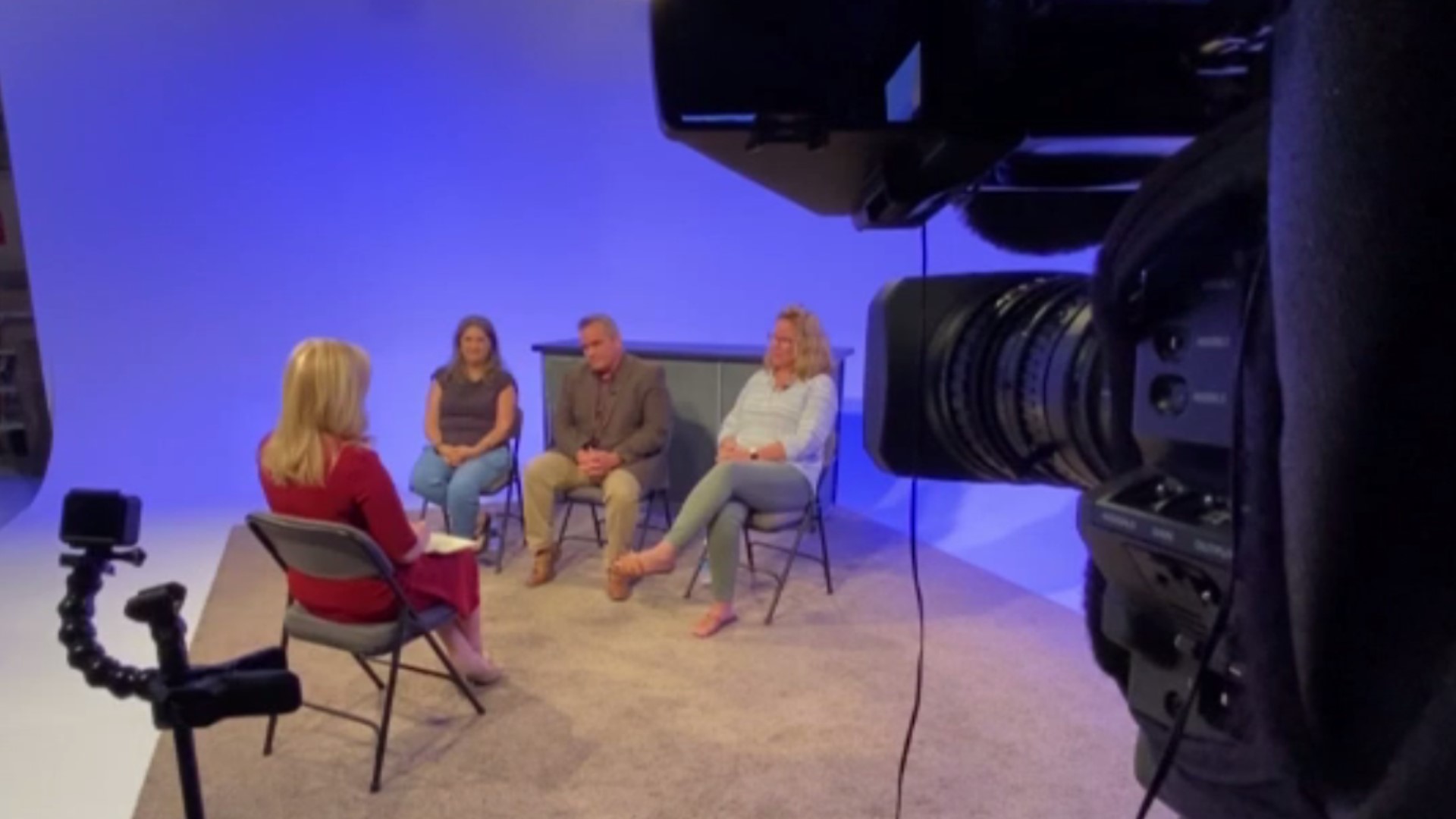COLUMBUS, Ohio — The tragic school shooting in Uvalde, Texas, this week took a toll on many Americans, including teachers, many of who likely felt the impact more than most.
“It was hard to go into school the day after,” said Traci Arway, a special education coordinator. “There was almost like a trauma trance in the building. Everyone was kind of just like giving that knowing look, that half-smile, and I’m not going to lie, I’m not in the same building every day, so I made sure at least three people knew I was there and which room I was in because, if something were to happen, I wanted them to know to look for me, too.”
Elementary teacher Amy Mondillo went to school prepared to answer some tough questions, even from her young second-graders.
“The one thing that was totally heartbreaking is, a little girl looked at me and said, ‘you’ll take care of us, no matter what?’,” Mondillo said. “And I said, ‘absolutely.’ And they go, ‘what happens if a bad guy shoots you dead, what do we do?’ And I just sat there for a second and just took a deep breath, and I said, ‘you know what, you do everything that I taught you, and you’ll hear my voice in your head, and you do what I taught you.’”
For high school teacher J Sanchez, the subject hits even closer to home. He was a sixth-grader when a fellow student shot a counselor at Longfellow Junior High School back in December of 1980.
“We went to school the next day, and there wasn’t an army of psychologists or social workers there to help kids to process any of that,” he said. “It was just another day of school with a patch of the carpet kind of missing where they had cleaned up after it.”
Sanchez said, while he often tries to avoid consuming too much news about school shootings, he did share some of his personal experiences with his students after the Texas shooting.
“Even though I wasn’t part of that study hall that was taken hostage, I was in the building, we were evacuated out, the teachers were taking us, making sure we were going, safe ways to exit the building, and I wasn’t in the room, but the room is still in me.”
That’s perhaps one reason Sanchez says he is always thinking about safety, pointing out that his classroom has three exits, adding he wouldn’t teach in a room without at least two.
Mondillo and Arway also talked about running through safety plans coordinated by their district. But Arway said she also comes up with ways to take things a step further because of the unique challenges of her students.
“My students are, that I typically work with, are complex needs, and quiet is not a word in our classroom definition, so I always do, I do think, with the classrooms - we’re first,” she said. “We can’t be quiet, we can’t hide, and we can’t get out. We literally are sitting ducks.”
But when asked about proposals to arm teachers, they were all in strict agreement that they would not want to see that happen.
“Our job is, in my opinion, is not to carry weapons,” Mondillo said. “I’m there to make children feel safe and not to be armed. I’m there to comfort them, I’m there to teach them, I’m there to do those things and not carry a weapon.”
Arway went a step further, calling the idea of arming teachers absurd.
“The last thing I would want for any of my colleagues is to have to pull a gun while their class watches them,” she said. “Let’s talk about that level of trauma. You know, this isn’t just protecting them physically, it is protecting them emotionally, too. And I couldn’t imagine watching one of my teachers doing that. Why, why would I do that to my students.”
Sanchez also has formed his thoughts on this issue based on personal experience.
“I’m a veteran, I served in the military, and there’s an extensive amount of training that it takes, and some folk don’t have that training, and if they did, I still wouldn’t necessarily trust them because I’ve seen some teachers have some serious breakdowns,” he said. “As much as I love teachers, and they’re good people, they’re still human beings, and they make mistakes. And I wouldn’t want a teacher to have to decide if that person coming in is a threat to the school or someone in a hurry trying to pick up their kid because they have a dentist appointment.”
As for how to make them feel safer in schools, it’s not a simple answer, but Arway did her best to encapsulate it.
“I think there’s a path forward,” she said. “I definitely think there is, but I think, in order to have a path forward, there has to be action. And there has to be conversation. And we have to be able to have those hard conversations with the people we might fundamentally disagree with because, somewhere in the middle, is going to be that common path forward, and it’s going to equal safer schools, grocery stores, churches, movie theaters, everything, if we can come to some common ground and have that shared vision of how to move forward.”

